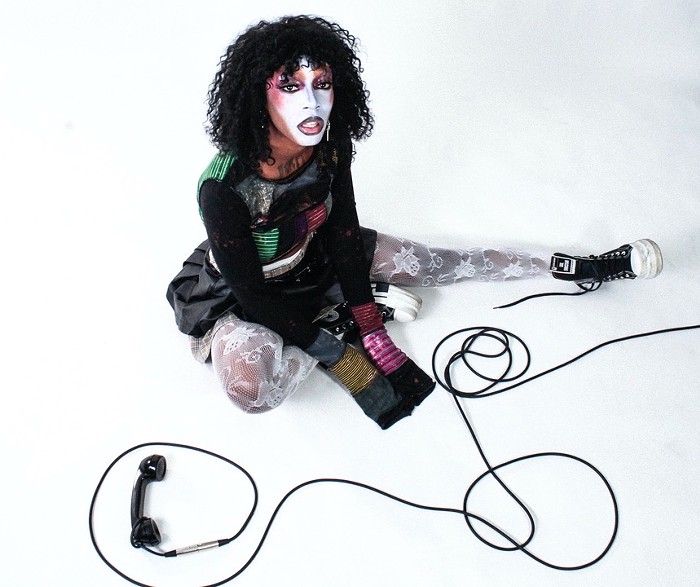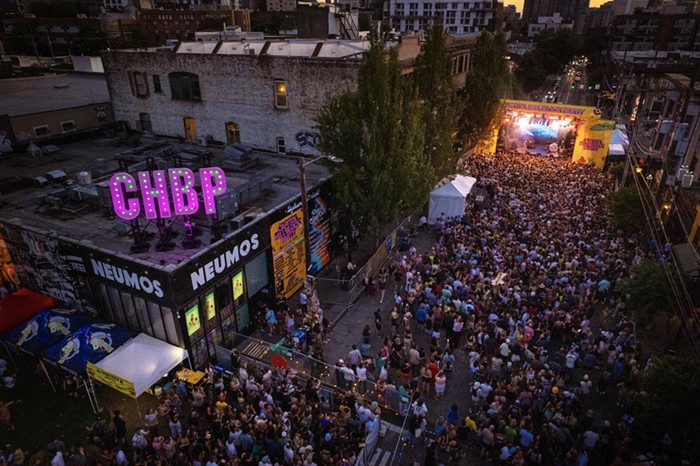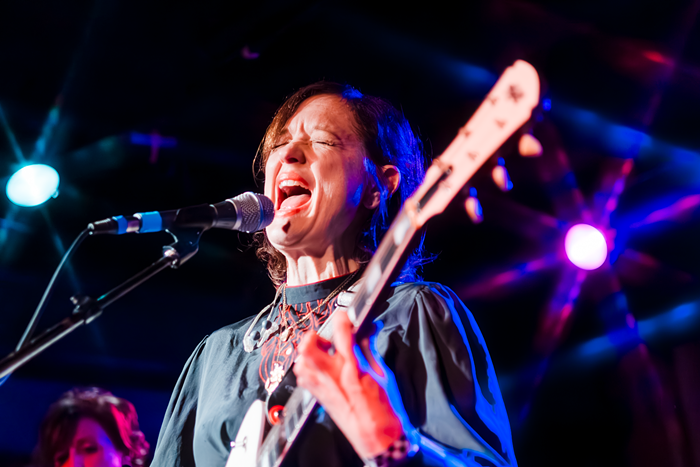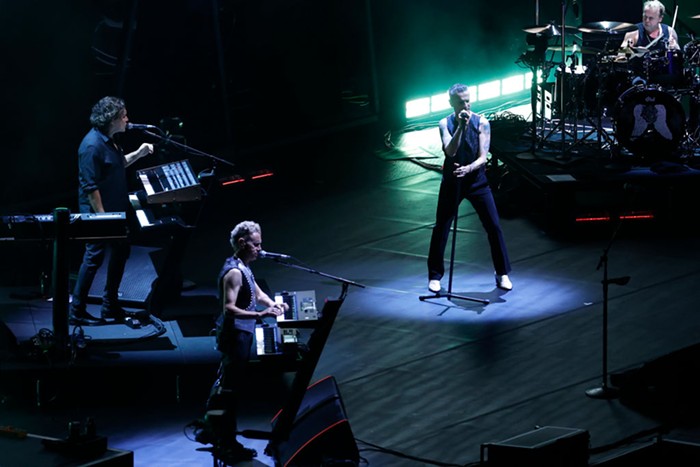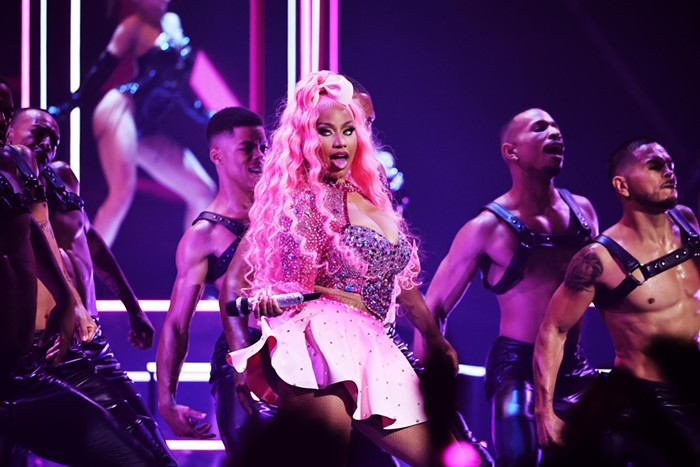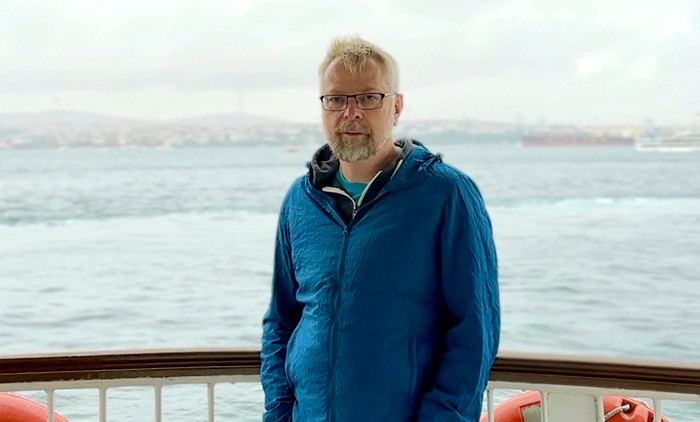It is impossible to forget the Hieronymus Bosch–like imagery of City of God, with the film's most dramatic scenes unfurling at night, as oil barrels blaze and street gangs battle across the decaying favela landscape. The nightmares depicted in Bosch's The Temptation of St. Anthony or the Hell panel from The Garden of Earthly Delights suggest an unlikely artistic precedent for the anarchy portrayed in City of God.
Through an incessant flow of mayhem and an overwrought editing style, Fernando Meirelles's directorial vision alludes to that same illusion of synchronism as detailed in Bosch's triptychs. Everywhere at once, death and disorder appear to reign. That is, until the tragic hero known as Knockout Ned begins his story.
The life of actor Seu Jorge (born Jorge Mario da Silva), who portrays Ned, finds interesting parallel with the symbolism behind City of God's pivotal moment. Like Ned, Jorge grew up in the favelas (Brazilian ghettos) located on the periphery of Rio de Janeiro. Neglected by the government and the bourgeoisie, the favelas overflow with violence and lawlessness. After his brother was murdered in a gang shootout, Jorge's family disbanded so as to reduce the chance of gang violence against them. Jorge rambled for three years on the streets. The favela life, he explains, is often far more violent than what City of God depicted. "Basically, you could not sleep at night for fear of being burned alive by rival gangs," he says. "The reality of the favelas would be too violent for a movie!"
Just as Knockout Ned sought to end Li'l Zé's tyranny over the City of God, Jorge too struggled to escape the favela's trappings. Instead of picking up a thirty aught six, though, Jorge found his salvation in his guitar.
While living on the streets, Jorge taught himself to play and would often perform at local nightclubs. After capturing the attention of famed clarinetist Paolo Moura, Jorge was invited to audition for TUERJ, a theater troupe connected to Rio de Janeiro State University. Hired as a musician and actor, while at TUERJ Jorge discovered his passion for acting and appeared in over 20 productions.
Now regarded as a member of Brazil's burgeoning crop of new musicians (but sometimes lumped erroneously with the trendy Baile Funk scene), Jorge first gained worldwide commercial acclaim as a musician with his samba-heavy solo album Carolina (originally released in Brazil in 2001 as Samba Esporte Fino). Jorge explains that samba music, along with the artistry behind the samba schools, had an influential role in the lives of the favela's inhabitants. Referring to the music as the people's "truth" and "faith," Jorge describes the samba as a "key part to enabling them to enjoy themselves when life is so hard." Produced by famed Beastie Boys producer Mario Caldato, and featuring a collaboration with tropicalia great Jorge Ben, Carolina has been credited with resurrecting worldwide interest in the samba.
"Although I was influenced by the tropicalia movement —artists such as Gilberto Gil and Milton Nascimento—I think there were others more suited to our less intelligentsia background, such as João Nogueira," Jorge explains.
Jorge only really entered the U.S.-hipster consciousness after providing Greek chorus to Bill Murray's foibles in Wes Anderson's The Life Aquatic with Steve Zissou. The enigmatic troubadour-cum-explosives expert unassumingly provides backbone to the film through his brilliant Portuguese translations of tunes from David Bowie's Hunky Dory and The Rise and Fall of Ziggy Stardust and the Spiders from Mars.
Released as an album of studio recordings, The Life Aquatic Studio Sessions captures Jorge's emotional, soothing croon in a controlled environment—a welcome enhancement to the lo-fi movie takes heard on the special-edition Life Aquatic DVD. Jorge's versions of "Life on Mars" and "Starman" both begin with a gentle appeal and transition into a dynamic-yet-grounded jaunt through Ziggy Stardust's once-surreal world. Bowie himself said he was startled by the simplicity and candor conveyed in Jorge's adaptations, calling them a sterling tribute to himself as well as to Jorge's own formidable abilities.
You can dig the samba aesthetic of Carolina or Cru (Jorge's album of original works released in 2005), but you can't deny the beauty and poignancy behind the Life Aquatic sessions. For his fans, as Jorge assures, the samba, the favelas, and Team Zissou will all be revisited on this tour.
